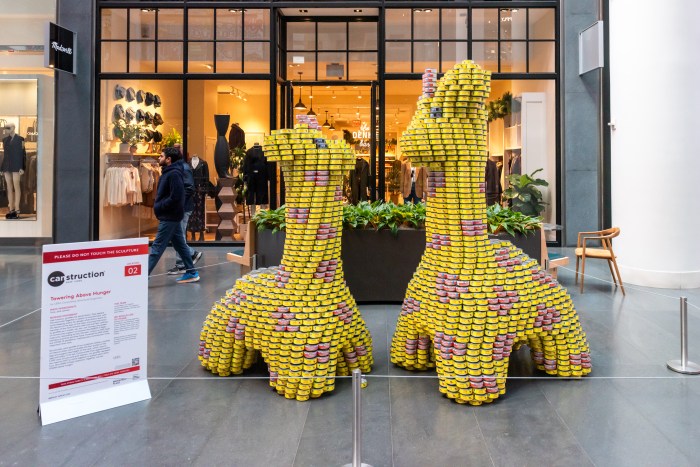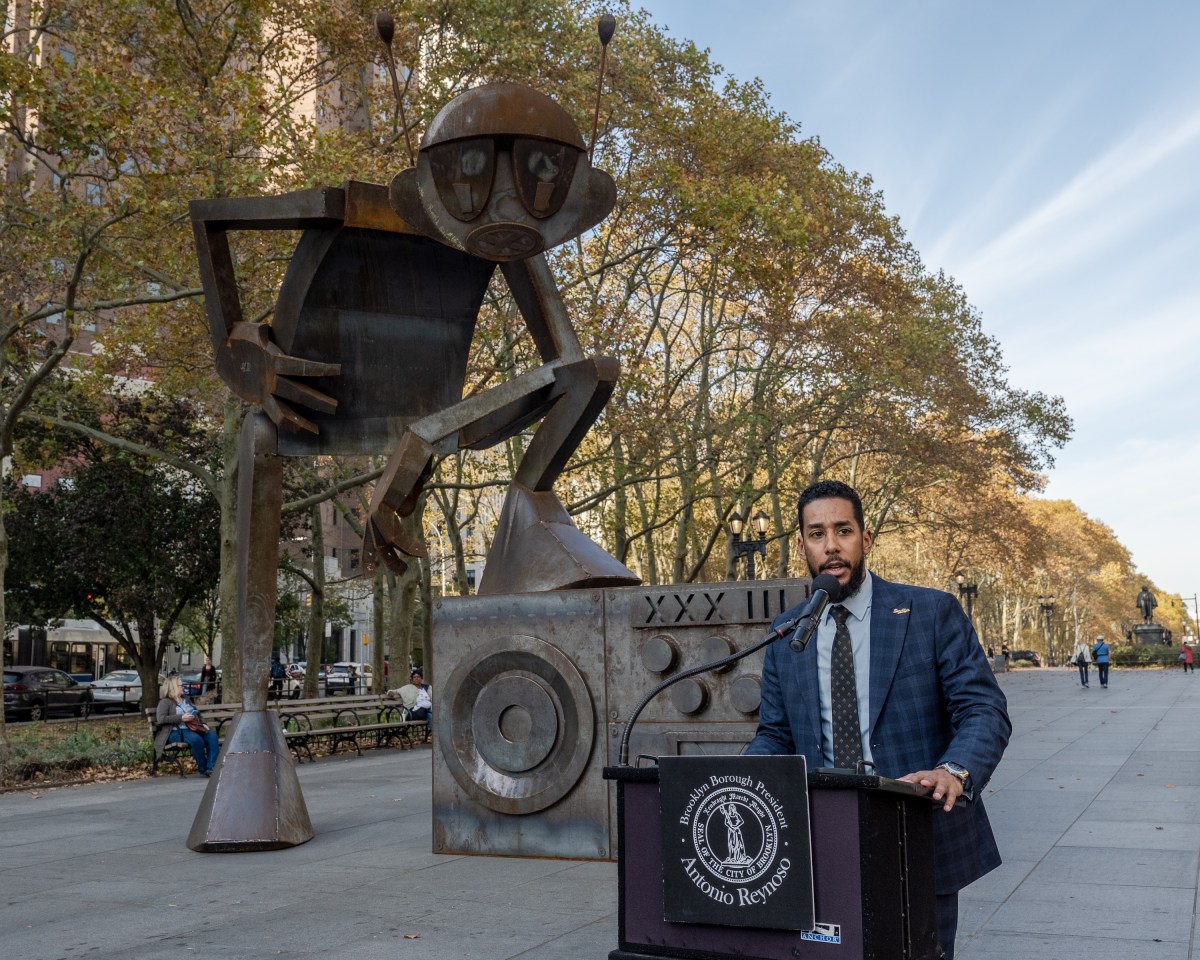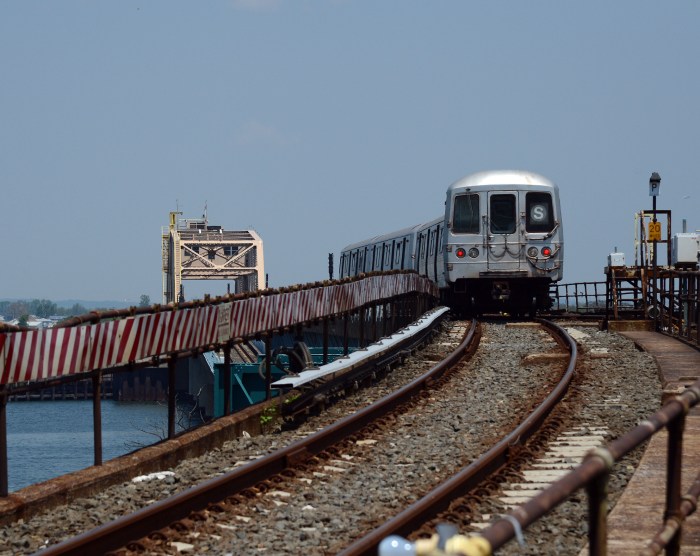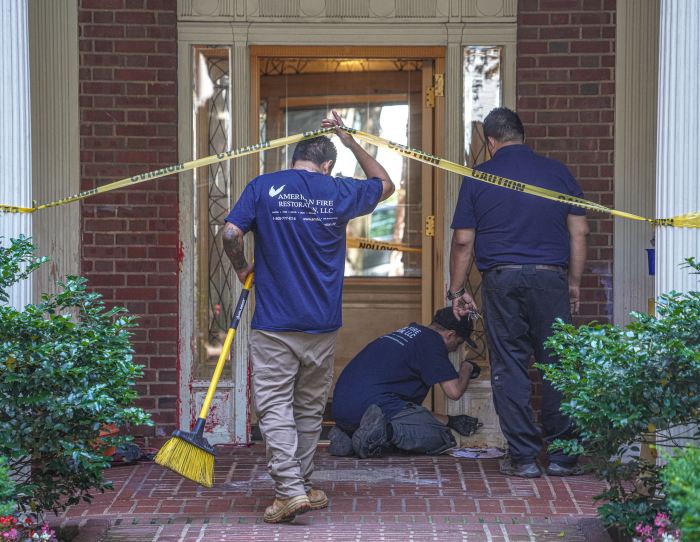Congestion pricing — which the de Blasio administration deemed politically dead in Albany in June — has suddenly risen from its grave in the push to find funding for mass transit.
Gov. Andrew Cuomo is exploring the idea of congestion pricing for New York City to raise money for the state’s troubled subway system, according to a Cuomo administration official. The governor is looking at various models and testing strategies, and details could be part of a 2018 State of the State speech, the official said.
The most recent congestion pricing concept to gain momentum is Move New York, a proposal that would add tolls to the city’s East River bridges and would also charge vehicles as they enter or exit midtown Manhattan across 60th Street while reducing the existing tolls on outerborough bridges that experience far lower traffic volumes. The proposal would raise about $1.3 billion in new revenue annually, according to Move New York.
“Congestion pricing is something that needs to be seriously considered,” said MTA chairman Joseph Lhota, a Cuomo appointee, at an unrelated news conference on Monday.
“We’re at a point where the congestion is stifling the growth of New York City,” Lhota added, without specifically endorsing Move New York.
To alleviate traffic during Amtrak’s repair work at Penn Station, the MTA is currently offering trucks half-priced fares at MTA crossings such as the Lincoln Tunnel and the George Washington Bridge between 10 p.m. and 5 a.m. Lhota said the agency has seen a 10 percent increase in truck volumes during those hours, a “clear indication that congestion pricing works.”
The governor’s potential support comes during a battle between Cuomo and Mayor Bill de Blasio over funding subway improvements and just as the mayor unveiled his own plan to create a new funding source for the MTA: a millionaires tax to fund MTA operations and half-fare MetroCards for low-income city residents.
The tax, which would need to be implemented through Albany, has already been denounced by Senate Republicans. But de Blasio believes it’s the best bet for MTA funding needs. He said congestion pricing raises equity concerns.
“I’ve for many years have never seen a scenario where this was a realistic option in terms of Albany,” said de Blasio during a news conference Monday morning. “And I’ve never seen a proposal that would address a lot of the equity issues that would be created for people in the outer boroughs, for people of low income who use their cars.”
Alex Matthiessen, campaign director at Move New York, said the mayor “is grasping at straws trying to dredge up old arguments against congestion pricing” while pushing a millionaires tax that’s “completely dead on arrival in Albany.” Matthiessen noted that Move New York has received support in all five boroughs, with Republican Sen. Andrew Lanza sponsoring a Move New York bill as a representative of Staten Island, the city’s most car-dependent borough.
“The mayor is, as far as I can tell, struggling to find any and all excuses to not acknowledge that congestion pricing is not only the best solution for raising money for transit, but also for slashing congestion in New York City,” said Matthiessen, who added Move New York was in the process of reaching out to Cuomo’s office to discuss concepts. “I’m not saying passing congestion pricing will be a cakewalk, but the support is there.”
A decade ago, former Mayor Michael Bloomberg pushed for congestion pricing in New York City, but was blocked in Albany.
The Assembly, then led by Speaker Sheldon Silver (D-Manhattan), never brought the issue to the floor for a vote. Silver was often at odds with Bloomberg, an independent, but in 2015 he lost his powerful post in a corruption conviction, which he is appealing.
The Assembly is now led by Speaker Carl Heastie (D-Bronx), who works much more closely with de Blasio.

































